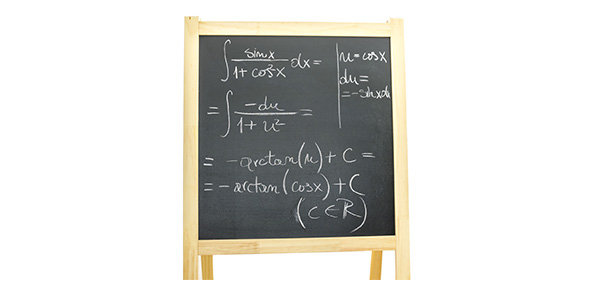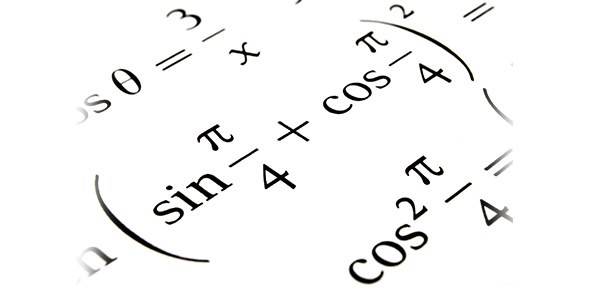Related Flashcards
Related Topics
Cards In This Set
| Front | Back |
|
STATISTICS (p. 3)
|
Is the science of collecting, organizing, summarizing, and analyzing information to draw conclusions or answer questions. In addition, statistics is about providing a measure of confidence in any conclusion.
|
|
ANECDOTAL [adj.] (p. 3)
|
Means that the information being covered is based on casual observation, not scientific research; non-empirical (not based on research).
|
|
POPULATION versus SAMPLE [n. ] (p. 5); INDIVIDUAL [n. ] (p. 5)
|
The entire group of individuals to be studied is called the population.An individual is a person or object that is a member of the population being studied.
A sample is a subset of the population that is being studied. |
|
STATISTIC [n. ] (p. 5)
|
Is a numerical summary of a sample.
|
|
DESCRIPTIVE STATISTICS (p. 5)
|
Consist of organizing and summarizing data. Descriptive statistics describe data through numerical summaries, tables, and graphs.
|
|
INFERENTIAL STATISTICS (p. 5)
|
Uses methods that take a result from a sample, extend it to the population, and measure the reliability of the result.
|
|
PARAMETER (p. 5)
|
A parameter is a numerical summary of a population.
|
|
QUALITATIVE (CATEGORICAL) VARIABLES (p. 7)
|
Qualitative (categorical) variables allow for classification of individuals based on some attribute or characteristic.
|
|
QUANTITATIVE VARIABLES (p. 7)
|
Provide numerical measures of individuals. Arithmetic operations such as addition and subtraction can be performed on the values of a quantitative variable and will provide meaningful results.
|
|
DISCRETE VARIABLE (p. 8)
|
Is a quantitative variable that has either a definite number of possible values or a countable number of possible values. The term countable means that the values results from counting, such as 0, 1, 2, 3, and so on.
In other words, if you count to get the value of a quantitative variable, it is discrete. |
|
CONTINUOUS VARIABLE (p. 8)
|
Is a quantitative variable that has an infinite number of possible values that are not countable.
In other words, if you measure to get value of a quantitative variable, it is continuous. |
|
NOMINAL LEVEL OF MEASUREMENT (p. 10)
|
A variable is at the nominal level of measurement if the values of the variable name, label, or categorize. In addition, the naming scheme does not allow for the values of the variables to be arranged in a ranked or specific order.
In other words, the word nominal comes from the Latin word nomen, which means to name. Variables that are nominal are qualitative variables. |
|
ORDINAL LEVEL OF MEASUREMENT (p. 10)
|
A variable is at the nominal level of measurement if it has the properties of the nominal level of measurement and the naming scheme allows for the values of the variable to be arranged in a ranked or specific order.
In other words, when you see the word ordinal, think order. Variables that are ordinal are qualitative variables. |
|
INTERVAL LEVEL OF MEASUREMENT (p. 10 )
|
A variable is at the interval level of measurement if it has the properties of the ordinal level of measurement and the differences in the values of the variable have meaning. A value of zero in the interval level of measurement does not mean the absence of the quantity. Arithmetic operations such as addition and subtraction can be performed on values of the variables.
Variables that are interval are quantitative variables. |
|
RATIO LEVEL OF MEASUREMENT (p. 10)
|
A variable is at the ratio level of measurement if it has the properties of the interval level of measurement and the ratios of the values of the variable have meaning. A value of zero in the ratio level of measurement means the absence of the quantity. Arithmetic operations such as multiplication and division can be performed on the values of the variable.
Variables that are ratio are quantitative variables. |







